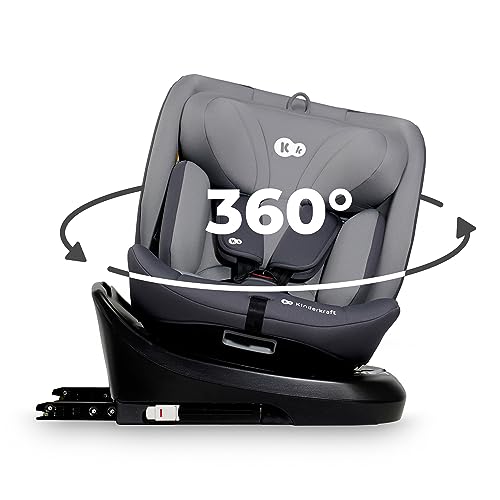Understanding Baby Prams and Pushchairs: A Comprehensive Guide
When it concerns caring for a newborn or a baby, few items are as essential as a dependable baby pram or pushchair. These mobility aids provide a safe, comfy method to transport babies while enabling parents and caretakers the liberty to navigate the world. This short article explores the numerous elements of baby prams and pushchairs, helping parents make informed choices about which product may be best matched for their household's requirements.
What Are Baby Prams and Pushchairs?
Baby Prams: These are usually designed for babies and really young babies. They have completely reclining seats that enable a flat position, making them appropriate for newborns. Prams frequently include a big, deep body, supplying additional protection and comfort.
Pushchairs: Pushchairs, also called strollers, are more versatile and can usually be adjusted for young children as well. They are light-weight, easy to navigate, and frequently feature a range of seating positions, including reclined and upright.
| Function | Baby Prams | Pushchairs |
|---|---|---|
| Appropriate Age | Newborn to around 6 months | Newborn to 3 years or more |
| Seat Position | Totally reclined | Adjustable (reclined and upright) |
| Weight | Much heavier, more robust | Lighter, more compact |
| Folding Mechanism | More complex folding | Generally easier folding |
| Maneuverability | Can be less maneuverable | Highly maneuverable |
Secret Features to Consider
When picking a baby pram or pushchair, prospective purchasers need to consider numerous crucial functions that can influence the use and comfort for both the child and the caregiver.
1. Safety Features
- Five-point Harness: Ensures the baby is firmly strapped in.
- Brakes: Reliable braking systems avoid accidents.
- Stability: A large base and well-constructed frame improve stability.
2. Convenience
- Padding: Ample padding on the seat ensures comfort.
- Suspension System: Provides a smoother trip on irregular surfaces.
- Canopy: A big, adjustable canopy secures the baby from sun and rain.
3. Portability
- Weight: Lighter designs are easier to lift and carry.
- Folding Mechanism: Easy folding designs enable for quick storage and transport.
- Compact Size: A more compact size makes it easier to suit car boots and tight spaces.
4. Adaptability
- Convertible Options: Some designs can be adjusted from a pram to a pushchair.
- Reversible Seat: Allows the baby to deal with the moms and dad or the world, depending upon choice.
- Accessories: Look for alternatives that can accommodate safety seat or have a storage basket.
5. Durability
- Product Quality: Invest in higher-end materials for durability.
- Weather Resistance: Water-resistant materials guarantee that the pram/pushchair can stand up to numerous climate condition.
Types of Baby Prams and Pushchairs
Numerous types of baby prams and pushchairs fulfill different function requirements, aligning with parents' particular way of lives.
1. Travel Systems
Travel systems normally integrate a safety seat and a stroller in one package, permitting smooth transport from vehicle to pram or pushchair without disturbing the baby.
2. Umbrella Strollers
Umbrella strollers are lightweight and practical, developed for much easier maneuverability. They are perfect for quick trips and may lack some functions found in full-size strollers.
3. All-Terrain Pushchairs
These are perfect for active households who delight in treking or taking walks on rugged terrains. They usually come with larger wheels for stability.
4. Jogging Strollers
Jogging strollers are created for parents who wish to combine workout with child care. They feature sturdy frames and fixed front wheels to enhance safety during a run.
The Importance of Choosing the Right Option
Picking the suitable baby pram or pushchair is not merely a matter of choice; it directly affects the security and convenience of the baby. Additionally, the ideal option can exceptionally influence the way of life of the caregivers.
Advantages:
- Convenience: A well-chosen pram or pushchair makes getaways easier and more enjoyable.
- Health: Proper assistance assists in spine and skeletal advancement in infants.
- Bonding: Outdoors play a critical role in parent-child bonding.
Frequently Asked Questions (FAQs)
1. At what age can my baby utilize a pushchair?
A lot of pushchairs are designed to accommodate babies as young as six months, although some models can be gotten used to securely carry newborns when utilized with suitable safety seat.
2. How do I maintain my baby pram or pushchair?
Routine cleansing is essential. Clean down the frame and fabric with a damp fabric and mild soap. Periodically examine the wheels and brakes for wear and tear.
3. Can I utilize a baby pram for running?
Typically, no. Regular baby prams lack the stability and design required for running. It is much safer to utilize a stroller particularly developed for that function.
4. How do I choose the right size?
Think about how often you will be utilizing the pram/pushchair and where. If area is limited, search for a more compact design. For outside adventures, decide for one with larger wheels and excellent suspension.
Baby prams and pushchairs are invaluable tools for parents and caregivers, permitting safe and comfy transport of babies and toddlers. By understanding the different functions, types, and benefits included, caretakers can choose the very best mobility help fit to their needs. Whether it be a sophisticated travel system or a basic umbrella stroller, the ideal purchase can substantially improve the experience of being a parent, making trips enjoyable and stress-free for both parents and babies alike.

